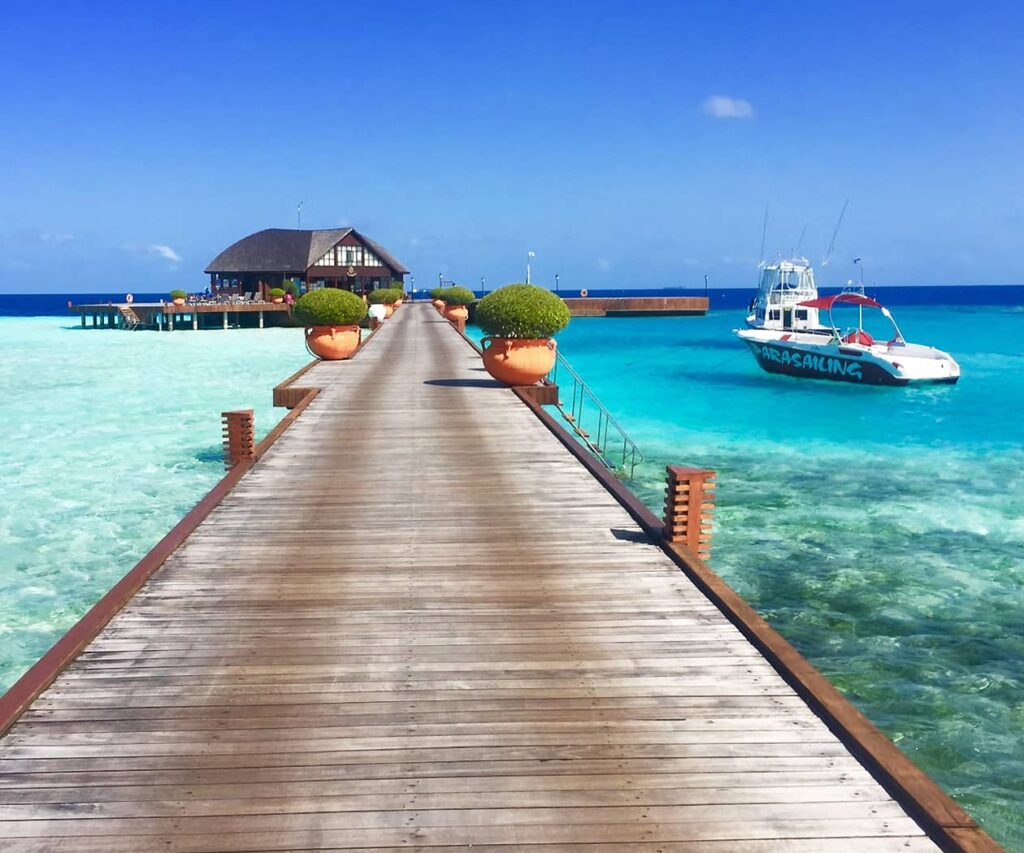
Discover Weed in Lima: A Human-Readable Guide
Lima, the capital of Peru, is a sprawling metropolis along the Pacific coast. Known for its rich history, vibrant culture, and culinary excellence, Lima is also the political and economic center of the country. As Peru becomes more connected to global trends, curiosity about cannabis—commonly called marihuana—has been increasing, particularly among young adults and tourists. But discovering weed in Lima comes with a mix of legal considerations, cultural nuances, and safety concerns. This guide explores all you need to know in a clear, human-readable way.
1. Cannabis Laws in Peru
Understanding the legal framework is essential before exploring cannabis in Lima.
- Recreational cannabis: Fully illegal to sell or cultivate for commercial purposes. However, personal use laws are more lenient than in many other Latin American countries.
- Possession limits: Law allows individuals to possess up to 8 grams of cannabis for personal use. Possessing more than this may lead to prosecution for trafficking.
- Cultivation: Personal cultivation of up to two plants per household is generally tolerated, but selling is prohibited.
- Medical cannabis: Legal with prescription since 2017. Certain cannabis-derived medicines and oils are authorized for patients with specific conditions.

2. Cannabis Culture in Lima
Cannabis culture in Lima has been growing steadily in recent years.
- Youth influence: Millennials and Gen Z have been exposed to global trends, music, and media that normalize cannabis.
- Social circles: Cannabis use is more accepted among university students, artists, and creative communities.
- Festivals and events: Occasional cannabis-themed social events and informational seminars are held, particularly in urban neighborhoods like Miraflores and Barranco.
Despite growing acceptance, cannabis use is still discreet in many parts of Lima, and open use in public can attract attention from authorities.
3. Accessing Cannabis in Lima
Finding cannabis in Lima is easier than in many other Latin American cities, but caution is necessary.
- Dispensaries: Medical cannabis shops exist and sell cannabis products with prescriptions. Some also sell accessories for personal use.
- Social networks: Cannabis is often shared within trusted social circles. Relying on word-of-mouth connections ensures safety and quality.
- Street access: Street dealers exist but carry higher risk. Purchasing cannabis outside regulated channels can lead to legal or safety issues.

4. Types of Cannabis Available
In Lima, consumers can encounter a variety of cannabis products:
- Dried flower: The most common form, used for smoking or vaporizing. Quality can vary, with high-grade options available in urban neighborhoods.
- Edibles: Cannabis-infused chocolates, candies, and baked goods are available in limited circles.
- Oils and tinctures: Widely used for medical purposes, these are also gaining popularity among recreational users seeking controlled dosing.
- Vape cartridges: Portable and discreet, often sold by specialty stores or trusted sources.
Peruvian cannabis culture has started embracing quality and diversity, especially in Lima.
5. Where Cannabis is Consumed
Consumption in Lima is mostly private and regulated.
- Private homes: Most people consume in the comfort of their own homes or in the homes of friends.
- Private clubs and social events: Some informal cannabis clubs exist in neighborhoods like Miraflores, where users can gather discreetly.
- Public spaces: Open consumption is discouraged. Police may intervene, particularly in parks or crowded areas.
Discretion is key to avoid conflicts with authorities and maintain a positive social image.
6. Social Perception of Cannabis
Public perception of cannabis in Lima has evolved over time.
- Urban openness: Areas like Miraflores, Barranco, and San Isidro have more liberal attitudes toward cannabis.
- Conservative pockets: Other districts remain conservative, with strong family and religious influence discouraging drug use.
- Generational differences: Younger generations are more tolerant, seeing cannabis as a form of relaxation or medicinal aid.
Despite increased tolerance, stigma still exists, especially among older populations and outside major urban centers.
7. Risks of Cannabis in Lima
Even with Peru’s relatively lenient laws, there are risks associated with cannabis use in Lima:
- Legal risks – Exceeding the 8-gram personal possession limit can result in arrest and prosecution.
- Safety risks – Purchasing cannabis from unverified street sources increases the likelihood of scams or adulterated products.
- Health risks – Low-quality or contaminated cannabis can have harmful effects.
- Social risks – Open use in public may damage reputation or lead to conflicts with authorities.
Staying informed and using cannabis responsibly can minimize these risks.
8. Safe and Legal Alternatives
For those hesitant about cannabis or looking for legal ways to relax, Lima offers many alternatives:
- Culinary experiences: Lima is famous for its gastronomy, including ceviche, anticuchos, and fusion cuisine. Cooking or dining can be relaxing and enjoyable.
- Beaches and parks: Costa Verde and nearby beaches offer scenic outdoor experiences. Parks like Parque Kennedy in Miraflores are hubs for socializing.
- Cultural activities: Museums, art galleries, theaters, and music events provide stimulation and entertainment without legal risk.
- Outdoor sports: Surfing, hiking, and cycling along the coast or in city parks offer healthy ways to relax.
- Wellness and meditation: Yoga studios, spas, and meditation centers are growing in popularity, providing natural ways to reduce stress.
These alternatives provide rich, legal experiences to enjoy the city fully.
9. The Future of Cannabis in Lima
Peru is gradually becoming more open to cannabis use, particularly medicinally.
- Medical reforms: The legalization of medical cannabis has created pathways for patients and informed users.
- Public discourse: Awareness campaigns and educational seminars are slowly reducing stigma.
- Global influence: International trends in legalization and decriminalization continue to influence public opinion.
While recreational legalization is not yet fully on the table, Lima is increasingly tolerant of responsible cannabis use within legal limits.
10. Conclusion
Discovering weed in Lima is possible but requires awareness, discretion, and responsibility.
- Cannabis laws allow personal possession up to 8 grams, and medical cannabis is legally available with prescriptions.
- Cannabis culture is growing, especially in urban districts like Miraflores, Barranco, and San Isidro.
- Quality products can be found through trusted social networks or medical dispensaries, while street purchases carry risks.
- Discretion in consumption is important due to social and legal considerations.
- Safe and legal alternatives, such as cultural experiences, outdoor activities, and wellness practices, offer enriching ways to enjoy the city.
By staying informed, respecting local laws, and using responsibly, residents and visitors can explore cannabis in Lima while enjoying everything the city has to offer.
Lima presents a unique blend of history, culture, and evolving cannabis awareness, making it an intriguing city for curious adults to explore—but always with caution and respect for the law.

If you want, I can also create a “Discover Weed in Peru” overview, comparing Lima, Cusco, Arequipa, and Iquitos to show how cannabis culture and legality differ across the country.

Just love this dude Explorer. Keep up with the good work. Excellent customer service. He goes above and beyond to make sure the order is right, help and support if anything goes wrong.
It was hard to find a reliable plug but finally Explorer showed up and gained my trust. Definitely he is the way out and hands down the best.@ https://t.me/explorerbud
I have been ordering from EXPLORER you can email him Explorerbud1@gmail.com over a year now and every single experience has been five stars.
Quality customer service combined with an incredible selection of nothing but Top shelf strains. The weed is amazing from the taste, looks and smell.
Give these guy a try and see for yourself why he is the best👌
I contacted EXPLORER on his telegram and due to security reasons he requested crypto payments or GIFTCARD which i paid using bitcoin
about 30minutes later my dope was dropped at my requested location
great guy!!!
i highly recommend
i was scared when he told me that he doesnt accept cash because i thought he is one of those idiots who took advantages of people but i decided to give him a try by making the payment first using bitcoin , surprisingly he arrived within the time he promised me and i received what i ordered. thank you EXPLORER whenever i return here you will always be my plug without doubt.
EXPLORER is the one Super responsive, on time and the weed is absolute fire. The strains are seriously on point.
Best service Ive found by far, won’t be using anything else unless I find a reason too, I paid using bitcoin and he delivered thanks Explorerbud1@gmail.com
If you are getting from elsewhere then you need to switch. The great pricing attracted me, but the hospitality of EXPLORER, the quality of weed ( dried and completely cured nugs), the fast delivery and the freebies made this experience amazing.
Will definitely come back for sure and I will be a long time customer thanks EXPLORER
I was here for a long time and after so many failed attempts at getting WEED, the valet at my hotel introduced me to EXPLORER. He sells the best quality WEED around here . You can reach him on telegram very fast https://t.me/explorerbud and he will get you the best quality without any hassle . Thanks to him , we are having the time of our lives here.
Get some good THC weed from EXPLORER and thank me later.
Everytime I order, I get excited not only for his TOP NOTCH PRODUCTS, but his amazing customer service.
From the time I start my text, to when my weed arrives, Explorer makes every encounter fast, friendly and SO AFFORDABLE. He works with you to get what you need.
Thank you Explorer for been so good to me everytime.